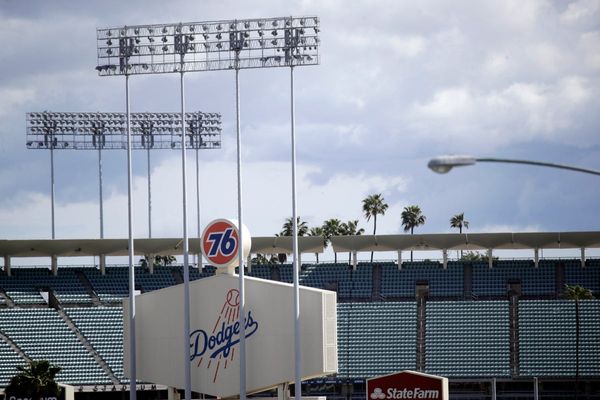Vinod Barik’s day begins at 5.30 a.m. He steps into Babu Ghat by the Hooghly in Kolkata, carrying with him bottles of mustard and olive oil. Now in his late 60s, Barik is a member of a vanishing tribe of traditional masseurs from Girima village in Odisha’s Puri district.
For 35 years, Barik has earned a living massaging babus at the ghat. There was a time when masseurs from Girima and their traditional massages were highly patronised. But today, there are just 13 masseurs left at the ghat. “Our profession is nearly 200 years old. My great-grandfather told me that they had seen the Howrah bridge coming up,” says Barik.
Earning ₹300 for an hour’s massage and with three or four clients a day, the masseurs struggle to make ends meet. None of them can afford to bring their families to the city. As clients dwindle, the next generation has begun looking out for better paying jobs.
The handful of masseurs still have a small but steady clientele. Satyabrat Basu is a regular client at Babu Ghat. He says that the men in his family go there for a massage once or twice a month. “We believe that this malish helps with blood circulation,” he says.
“I have a couple of NRI clients who visit Kolkata once a year, and during their month-long stay, they get massages here every other day,” says Pradip Barik, a third-generation masseur. He, like the others, does not particularly approve of photographers clicking shots of the ghat.
The masseurs, who spend the entire day at the ghat, get their boost of energy from regular sips of tea. Some watch Hindi films on their smartphones as they wait for customers. And they all know that one day, this familiar scene at the ghat will become just a memory.
(Text and images by K.R. Deepak)







